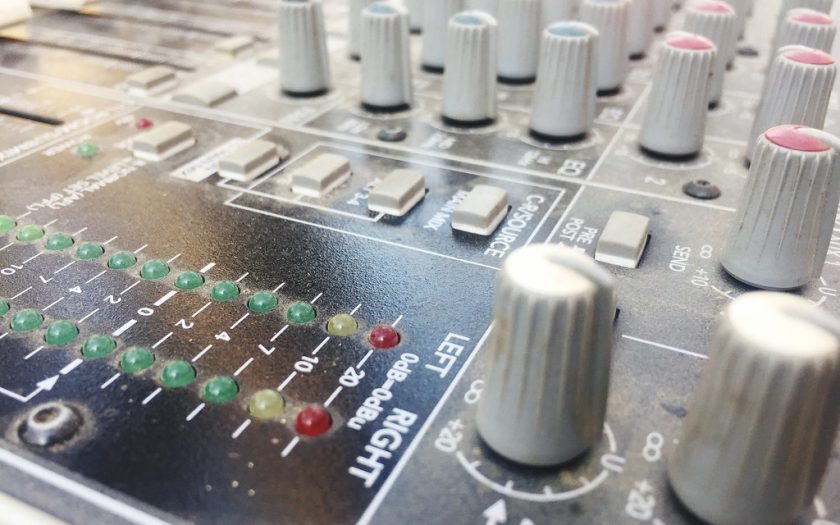In the ever-evolving landscape of music production, recording stands as one of the foundational pillars upon which great sound is built. Whether you’re a seasoned producer or a budding musician, mastering the art of recording is crucial for achieving professional-grade results. From setting up your studio to capturing the perfect take, here’s a comprehensive guide to help you navigate the intricacies of recording.
1. Setting Up Your Studio:
Creating a conducive environment for recording is the first step towards mastering the craft. Here are some key considerations:
- Room Acoustics: Invest in acoustic treatment to minimize unwanted reflections and ensure a balanced sound environment.
- Equipment Placement: Position your equipment strategically to minimize noise interference and optimize signal flow.
- Monitoring: Invest in quality studio monitors or headphones to accurately judge the sound you’re recording.
- Comfort: Ensure that your studio setup is ergonomically designed for long recording sessions, prioritizing comfort and ease of use.
2. Choosing the Right Gear:
The quality of your recordings heavily depends on the gear you use. While there’s a wide array of equipment available, here are some essentials:
- Microphones: Choose microphones that suit the sound you’re aiming for, whether it’s condenser mics for capturing detailed vocals or dynamic mics for handling high sound pressure levels.
- Audio Interface: Invest in a high-quality audio interface to ensure clean recordings and minimal latency.
- Preamps: Consider adding preamps to your setup for adding warmth and depth to your recordings.
- Cables and Accessories: Don’t overlook the importance of quality cables, stands, and pop filters to maintain signal integrity and minimize unwanted noise.
3. Understanding Recording Techniques:
Recording techniques play a crucial role in capturing the best possible sound. Here are some techniques to master:
- Mic Placement: Experiment with different mic placements to find the optimal position for capturing the desired sound, considering factors such as proximity effect and room ambiance.
- Signal Chain: Pay attention to your signal chain, ensuring that each component contributes positively to the final sound.
- Tracking: Practice efficient tracking techniques to minimize mistakes and capture pristine takes.
- Gain Staging: Optimize gain staging to prevent clipping and ensure a healthy signal-to-noise ratio throughout the recording process.
4. Embracing the Art of Production:
Recording isn’t just about capturing sound—it’s also about shaping it into something extraordinary. Here’s how to elevate your recordings through production:
- Editing: Use editing tools to clean up performances, correct timing issues, and enhance the overall sound quality.
- Mixing: Experiment with mixing techniques to balance individual tracks, add depth and dimension, and create a cohesive sonic landscape.
- Creative Effects: Don’t be afraid to experiment with creative effects such as reverb, delay, and modulation to add character and personality to your recordings.
- Collaboration: Collaborate with other musicians, engineers, and producers to gain fresh perspectives and push the boundaries of your creativity.
5. Continual Learning and Improvement:
Recording is a lifelong journey of learning and growth. Here are some tips for continual improvement:
- Stay Updated: Keep abreast of the latest advancements in recording technology and techniques through online tutorials, forums, and workshops.
- Experiment: Don’t be afraid to step out of your comfort zone and experiment with unconventional recording methods and approaches.
- Seek Feedback: Solicit feedback from peers, mentors, and industry professionals to gain valuable insights and identify areas for improvement.
- Practice Regularly: Like any skill, recording requires consistent practice to master. Dedicate time to honing your craft and refining your techniques.
